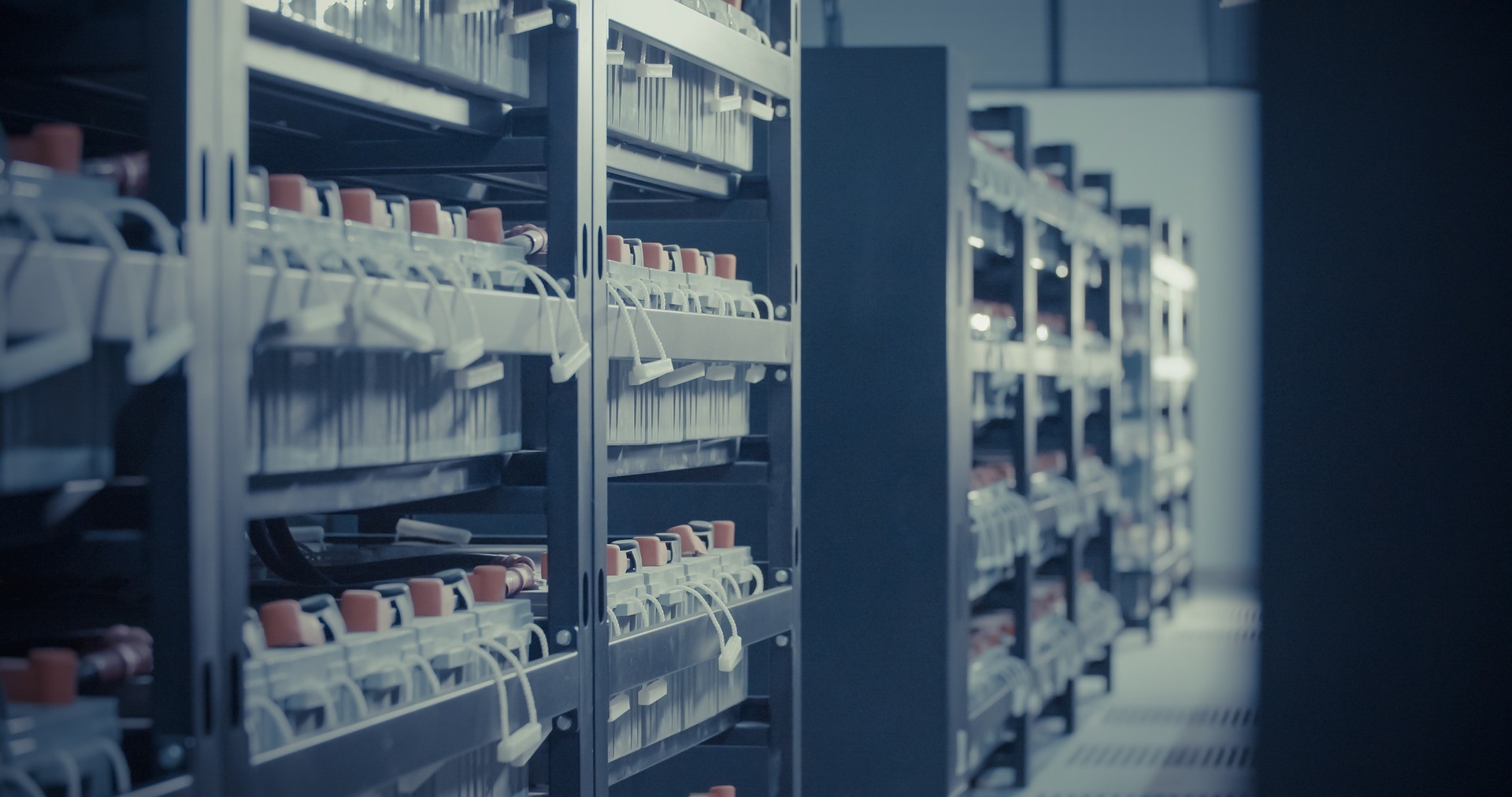Going Green? Its Complicated.
Albert Einstein is credited for saying, “everything should be made as simple as possible, but no simpler.” He’s right, but simplicity sells – it can be sloganized into an easy call to action. One such example that you can see regularly is “go paperless”, but its not as simple as it sounds. Those green-leafed invitations asking you to make the eco-friendly decision to reject paper might be more motivated by financial rather than environmental concerns. This would be a win-win if environmental health and corporate cost-cutting always went together, but those things are usually as compatible as… oil and water. A new word, likely familiar to you, was coined to denote this kind of corporate marketing strategy when it’s not genuine; “greenwashing’; disinformation disseminated by an organization to present an environmentally responsible public image.
This article will help to round out your understanding of the global impact of both digital and paper marketing and help you consider how your arts organization can best proceed in light of the environmental facts and effectiveness of the tools available to you.
How Green Is Digital Communication?

When you accept the invitation to go paperless, you are opting into digital communications with a company. Your now digitized correspondence is passing through a system reliant on devices made from non-renewable materials that pollute at all stages of their life cycle from their mining to their transportation and use, to their eventual discarding, especially if disposed of improperly. Then there is the expanse of metal wiring, server farms, data centers, cell towers, and rocket fuel needed to position network satellites. This 24/7 infrastructure, powered largely by fossil-fueled electricity generation, keeps the internet on-demand for the wide range of human uses, some noble, some silly, some worse. It is incredible, but it’s certainly not green.
Research commissioned by OVO Energy, the UK’s leading independent energy provider, found that 64 million unnecessary or unactionable emails are sent by British adults every day. If those were eliminated it would save over 16,433 tonnes of carbon annually. To bring that to a level easier to conceptualize, that’s the same carbon emission as 81,152 flights from London to Madrid or produced by 3,334 diesel fueled cars annually. By 2025, data centers are projected to use 8% of the electricity generated globally to power the 500 million tweets, 294 billion emails, 4 petabytes of Facebook data, 65 billion WhatsApp messages and 5 billion web searches that the World Economic Forum found are made each day . Is going paperless really greener considering that trees are a renewable resource and most paper waste is biodegradable?
Is Paper Any Better?

Before we get too down on digital systems, it’s the paper industry’s turn for examination. The list of gripes is long; the paper industry is linked to deforestation, heavy water and energy consumption, sediment contamination, democratic corruption, and toxic air pollution. If you have ever driven by a paper plant, you know whatever you’re smelling isn’t a plus for the air quality. Let’s consider a few of these negative impacts by looking at the United States’ largest paper producing state, Wisconsin.
Pulp and paper companies are important to Wisconsin’s manufacturing sector and the industry pays well, but its not without externalized costs for the state. Toxic solvents and biocides are used in paper making to bleach it for uniformity and prevent bacteria from ruining it. Efforts to reduce the chemical usage are rendered ineffective by continual production increases. Carbon dioxide, nitrous oxide, sulfur dioxide, and carbon monoxide from paper mills contribute to respiratory problems for locals and ozone concerns for everyone else. Large amounts of landfill space is taken by paper waste where the ink, plastics, dyes, and glossy coatings become solid waste, and then are deposited over crop fields or burned in incinerators, neither of which should give you warm feelings. Trees are a carbon solution as plants absorb CO2 and they are renewable which is a massive advantage over the digital solutions, but it’s a time dependent process. When old growth forests are ransacked the delicate balance of flora and fauna in that ecosystem is lost, maybe permanently.
The impact of all this has taken a toll on the natural resources and waterways of Wisconsin, but paper still reigns as a powerful political giant. Despite its adverse affects The industry is often capitulated to in the form of generous tax reliefs, incentives, and subsidies. The industry stalled Wisconsin’s river cleanup efforts for decades and weakens any proposed environmental standards and regulations according to the Clean Water Action Council Of Northeast Wisconsin . The state political parties advocate mainly for the desired outcomes for their constituencies rather than for the environment and its sustainability. No one seems to see the big picture, and its likely that Wisconsin is representative of how the paper industry operates in other regions.
Is There Any Good News?
There is good news, the paper industry now plants three times more trees than it cuts annually. If those trees will eventually be cut down for paper, that will never give us more ancient growth forests, but it means we can now keep the ones we have. An area of 1,500 football (soccer) pitches are planted every day globally, demonstrating that well-planned demand for paper products from sustainable sources is preventing deforestation. According to data shared by Two Sides North America , an independent, non-profit organization concerned with sharing factual information around paper sustainability, the industry has reduced emissions by 40% since 1990 and now only accounts for 1% of global greenhouse gas emissions, which is one of the lowest industrial emitters. The emissions generated by data centers alone is double that figure, but the digital scene is trying to improve environmentally too with carbon neutral commitments from some of the largest and most impactful companies like Amazon, Google, and Microsoft.
This article isn’t a hit piece on cloud-based solutions or the paper industry, its being written and published using the very tools criticized within it. Just as reading this won’t cause you to straightaway deposit your computer into the nearest recycling receptacle, reading about paper marketing and the transgressions of chemical ink, tree cutting, and impact of transporting physical materials, shouldn’t make you swear off print collateral either. The reality is, its complex; digital may be worse than you thought, and paper better than you thought, but neither print nor digital is good for the environment, and both require responsible usage.
What’s the Business Case for your Arts Organization?
So, in this convoluted swirl of human endeavor and environmental consequence there’s you and your arts and cultural organization. What are the responsible ways to use digital or print for your marketing and organizational needs? Understanding what each form of communication excels at will help you decide when and how to responsibly employ each tool.
There is a difference between recall and knowledge. For example, you might need to speedily memorize information for a test, a password, or driving directions. One hour after you used this information, its gone. There are however other things you just know and can recite without the slightest strain. This is because the brain has levels of engagement. We put a premium on sight and sound for communication purposes, but touch is emerging as a recognized vital communicatory sense as well.
According to a study shared by Sappi, an innovative materials supplier, information read on paper initiates a deeper level of interest and is more likely to become lasting knowledge in the brain. An Eagleman Lab study further found that higher quality paper produced better results in lasting knowledge and gave the readers a positive feeling on the company they read about. Sappi’s study also shows that touch influences purchase decisions, finding that 84% of anything ordered online originated from a physical interaction with paper materials like catalogs, magazine ads, or direct mail. Furthermore, in 2019 USPS and Temple University partnered to study neuromarketing where their researchers found that print elicits a stronger emotional response, making the product or service more memorable and feel more valuable to the recipient than the digital mediums they viewed.
Cost of sale is still a major advantage for digital advertising. While the 20-30% open rate of email is significantly lower than direct mail’s 90%, the cost of email marketing is so cheap that the ROI heavily favors email when converted to sales. According to Litmus’ 2020 State of Email Survey every $1 spent on email marketing generates $36 in revenue. Limeleads.com reports that number even higher at $44 generated for every $1 spent on email marketing and has direct mail returning $7 per $1 spent. In spite of higher cost of sale, physical addresses do not change as easily as email addresses and the data shows a deeper engagement with physical mail neurologically, but still, a potential for 3,500-4,300% return from email marketing is hard to ignore.
There is a lot of noise around marketing and environment right now, and unfortunately much of it is misleading. Research shows that neither digital nor paper marketing is particularly green, and data from TRG Arts clients in North America and in the UK has shown that neither channel is much more effective than the other when used alone. The results and impact increase, however, when both email and standard mail are sent in tandem to key segments. Reducing your carbon footprint does not have to mean reducing your communication channels. A data-driven strategy behind your segmentation and marketing investments can help ensure that your printed and digital communications deliver the highest returns and lowest cost-of-sale. A ‘spray-and-pray’ approach to digital or print marketing has always come with a higher financial cost and lower returns – now we understand it can also come with a higher environmental cost as well. Efficient, targeted, communications to your audiences and customers across print and digital can deliver better ROI on your marketing investment and on your carbon footprint. The truly green thing to do is to stay informed and market responsibly.

